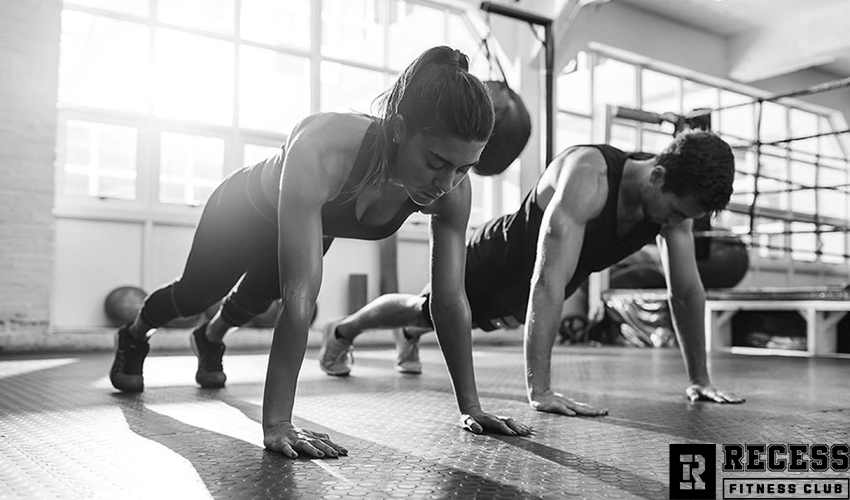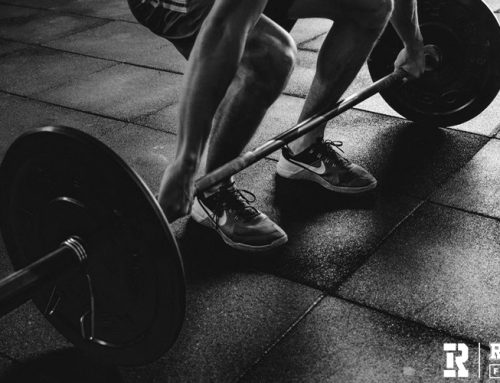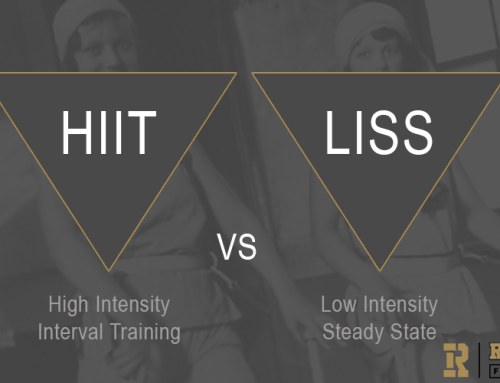Plyometrics have always been a popular training method for athletes across the board. Strength and conditioning coaches love to utilize it when their athletes need additional explosiveness, but what about everyone else? Fitness is not a one-size-fits-all all approach, and plyometrics falls in that category as well. This training method can benefit everyone from the pro athlete to the weekend warrior, so what about clients seeking to improve general fitness? By incorporating plyometric exercises into training programs, you can harness the speed and force of movement for improved performance, daily activities, weight loss, and countless other benefits.
WHAT IS PLYOMETRICS?
Plyometric training can be simply defined as a quick, powerful movement involving rapid stretching and contracting of muscles to increase power. It is often interchangeable with power training, so it can be used as a stand-alone or with other movements. Plyometrics includes dynamic movements on all planes; up-down, side-to-side, and twisting back and forth. These exercises will help increase speed, strength, endurance, and power which provide the perfect combination of stability, mobility, strength, power, and dynamic balance. The role of plyometrics is to activate your body’s central nervous system and improve elasticity. By stimulating the fast-twitch muscle fibers, these movements allow you to generate force quickly and efficiently.
THE BENEFITS OF PLYOMETRICS
While there is a multitude of benefits to incorporating plyometric training, some of the most notable are:
● Increased strength
● Increased long jump distance
● Increased vertical jump height
● Improved running speed, agility, and quickness
● Injury Reduction
To highlight the last point, movements such as depth jumps, hops, and combination jumps help provide a solid foundation of motor control, stability, strength, flexibility, and joint integrity to avoid injury. With these benefits in mind, plyometrics can be greatly beneficial in post-rehabilitation and pre-habilitation (injury-preventative) fitness routines. When directed by a professional, and by starting at the appropriate level, plyometrics can greatly reduce your chances of injury, especially in your back and knees. Here are a few benefits regarding injury reduction:
● Improved movement control of the knees during landing
● Enhanced anaerobic power and vertical jump height
● Enhanced dynamic knee stability when landing
● Improvement in power and change of direction in all planes of motion
Overall, plyometrics is essentially about how the body interacts with ground surfaces and unexpected changes in that surface. It can be anything simple like stepping off a curb or quickly changing direction when your dog pulls on a leash. Done correctly, plyometrics are a great way to increase power, muscular endurance, and explosive strength. These exercises appear simple but can have a considerable impact on your body’s everyday activity performance. They can add a fun and challenging component to training programs, however, like most training routines, it must be introduced, coached, and progressed properly by a certified professional to avoid injuries.






